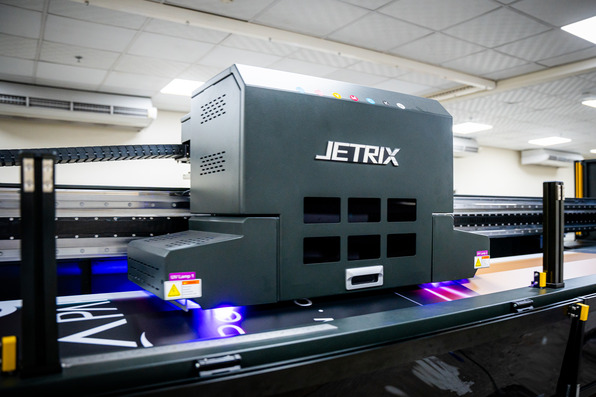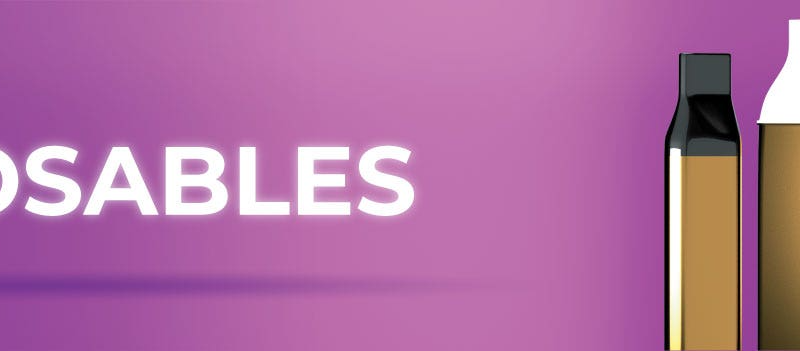Designing signs that are ADA compliant means creating signs that are easy for everyone to read and understand, including people with disabilities. Businesses and public places need to make their spaces accessible.
Many signage companies in UAE focus on making signs that help people move through buildings safely and comfortably. ADA compliant signs can guide visitors, highlight important areas, and provide clear information for all users.
Choosing the Right Materials:
The materials used for signs play an important role in readability and durability. Signs made from sturdy materials last longer and can resist scratches or wear. Smooth surfaces without glare make text easier to read, especially for people with low vision. Some materials also allow for tactile letters, which let visitors feel the text with their hands. Choosing the right materials helps signs remain clear and usable over time.
Text and Font Considerations:
Text on ADA signs should be simple and easy to read. Large, bold fonts without fancy styles work best for visibility. Contrasting colors between the background and the letters help the text stand out. Uppercase letters are often used for important labels, while mixed-case letters can make longer information easier to read. The right combination of font size, style, and color allows more people to quickly understand the sign’s message.
Incorporating Braille and Tactile Elements:
ADA signs often include Braille and tactile elements to help people who are blind or have low vision. Raised letters allow visitors to read by touch. Braille placement is important, and spacing should follow standards so it is easy to feel and interpret. Combining raised letters with visual text makes signs useful for both sighted and visually impaired users.
Placement and Visibility:
Where signs are placed matters a lot. Signs should be at heights and positions that make them easy to see and reach for everyone. They should be located near entrances, doors, restrooms, and other important areas. Lighting can also improve visibility, reducing shadows or glare that might make reading difficult. Proper placement helps visitors find what they need without confusion.
Maintaining Readability:
Signs can wear over time, so regular checks help keep them readable. Cleaning surfaces, repairing damage, and updating information are all part of keeping signs functional. Well-maintained signs continue to guide people effectively and create a positive experience for everyone visiting the space.
Accessibility-friendly signage is a small change that creates a welcoming environment for all.


